Water and Sanitation – Challenges and Opportunities for enhancing governance in rural/tribal areas
Authors: Paresh Vora, Director, India Operations, WIN Foundation, and Dr. Yogesh Jadeja, Founder and Director, Arid Communities and Technologies
“Water touches every aspect of development and it links with nearly every Sustainable Development Goal (SDG). It drives economic growth, supports healthy ecosystems, and is essential and fundamental for life itself. Some 2.2 billion people around the world do not have safely managed drinking water services, 4.2 billion people do not have safely managed sanitation services, and 3 billion lack basic handwashing facilities.”
– World Bank
The Government of India has recognised the massive challenges in Water and Sanitation domain and launched the Swachh Bharat Abhiyan, Atal Bhujal Yojana and Jal Jeevan Mission. Water shortages and poor quality affect hundreds of districts. Our agriculture suffers from vagaries of water supply, seriously affecting the food and nutrition security of the country as well as livelihood of small farmers.
The annual natural water cycle provides us limited fresh water, mostly during monsoon, stored on surface as well as in the ground and then used over the season, till the next supply arrives. On the other hand, the increased demand for water due to modern lifestyle and industry have led us to over-use surface water and over-extract ground water. This has lowered water levels and increased salinity in ground water. This, coupled with pollution due to human and industrial contaminants, has added to the water problems.
Before looking at solutions, a few key points worth noting: (i) While items like petrol, gets used-up, i.e. converted to another substance, water “usage” converts typically water to impure or polluted water. Proper treatment and recycling can increase the supply of available water. (ii) Nature’s water cleansing processes are inadequate for our levels of pollution. E.g. Human waste will take many months to decompose, while chemicals and plastics may take tens of years. (iii) Agriculture uses about 90% of water. Optimized water use in agriculture increases yield and also preserves soil health. (iv) Water is basic to all life on earth. So it is also important to use water in a manner which protects the living ecosystems around us.
Hence, governance model for water at various levels of government needs to focus on: (i) conservation, (ii) optimized usage, (iii) recycling and reuse of water.
Water governance also needs to be decentralized to the lowest administrative levels, due to distributed nature of storage and consumption and agriculture being largest user of water. Villages panchayat and associated groups should form the bedrock of water governance.
The newly launched Atal Bhujal Yojana and the Jal Jivan Mission offer an excellent opportunity to create sound and long term water governance structure, including policies, rules and regulations, protocols among participating administrative bodies, with participation by all stakeholders. This document, primarily talks of water governance in villages
Objectives of Water Governance
Villages desire water security, to ensure that their water demand for all uses are met from the available water supply. Thus both supply and demand side management is required.
The inflow of water in a village is based on rainfall, river, springs or canal inflows brought to village. This water is stored in rivers or springs, lakes, ponds, open wells and ground water aquifers. Water storage optimization is the key need.
The largest usage of water is in agriculture, with other major uses being family, cattle, and any industries located in or around the village. Thus agricultural practices, including crops selected, have the largest impact on demand for water. Optimized water usage, not only conserves water, but also results in better agricultural productivity and retains soil and water quality.
Village level
Hence, at the village level, the water governance system, should be centered on the Village Panchayat. The system should include (i) understanding Water supply and demand, creation and implementation of water security plan and water resource management protocols. (ii) impact measurement and corrective actions. Water Resource Committees, together with Farmers groups, Women groups, and similar bodies need to be involved as stakeholders and contribute to the decision-making. Village bodies need to ensure non-discriminatory decisions, so that water is provided in equitable manner to all.
Village panchayats can adopt suitable water policy legislation, in coordination with neighboring villages as well as nearby industries. This should be respected under the Panchayat act, with suitable methods for dispute resolutions in minimum time through administrative, arbitration or judicial means.
Cluster / Block / Taluka Level
Springs, rivers, canals and aquifers span across many villages and even districts. Hence coordination is required at village-cluster, block and taluka levels. At village cluster levels, the respective Panchayats need to develop mechanism to coordinate and cooperate on demand and supply issues. The taluka panchayats also need to play a role of coordination, when required to resolve differences. This will help village clusters to move from dependence to independence and then to inter-dependence to ensure more long term stability in water security, better ecosystem management, and economic and social progress.
District / State / National Levels
The towns, villages, industries, forests – all of them impact and are impacted by water governance in an interdependent manner. So a higher level coordination at the District, State and national level is required to ensure equitable solution for problems. E.g. The inevitable expansion of urbanization and industrialization cause overdrawing of water by the outlying urban colonies and reduces water for adjoining villages. This document does not aim to define these higher level governance structures.
While top-down approaches are important for initiating major changes as well as maintain the accountability and direction at higher level, a simultaneous decentralized approach at village and cluster / taluka levels is essential to bring a transformational change through participation by stakeholders at ground level. This alone can lead to tackling current challenges in water in more efficient and sustainable manner.
Skilling
Traditional water conservation structures and practices were implemented by village level skilled persons. Today it is imperative to develop a village level cadre (called Bhujal Jankars or Jaldoots) with training on traditional methods, upgraded with current technology and processes. Constant upskilling is required to adopt new methods. They need to understand water supply and demand, hydrogeology of the area, weather and rainfall, water conservation and recharge structures, testing and measurements, and ability to coordinate among various groups in the village.
The person should also have basic knowledge in agricultural practices and be able to coordinate with external agriculture experts.
This also creates livelihood opportunities at village level. With such a cadre, the Village bodies will have the knowledge and implementation expertise support to implement important supply and demand side initiatives.
Virtual Knowledge and Practice Excellence Centre
The skilled cadre of respective villages, will form a team, to study the cluster, block and taluka level issues and provide technical backup to the solutions implemented. This team needs to be linked to level experts from NGO’s, Institutions, Industry, Government, as required, for guidance on more complex issues.
Data and data analytics have emerged as a very powerful tool in all domains in twenty-first century. It has huge potential in agriculture, with its diverse data sets, huge amount of traditional and modern knowledge need to distill learning and make it available to farmers. Extensive data, captured from thousands of farms, on water, soil, weather, agricultural practices, inputs and outputs, prices, over period of years, enables farm level advisories for even marginal farmers cost effectively, and has potential to vastly improve agricultural science. This will go a long way to meet the farmer’s income needs and nation’s need to meet challenges of food and nutrition.
Thus, over a period of time, this body will form multiple virtual centre of excellence, capable of drawing from and contributing to higher level expertise, and support diverse local conditions and needs.
Evidence through Action Research under the Participatory Ground Water Management Program by ACT:
Most of the above steps have been implemented under the Participatory Ground Water Management project, carried out by Arid Communities and Technologies, with support from WIN Foundation and Tata Power Ltd. In cluster of 19 villages of Mandvi Taluka in Kutch district in Gujarat, local youth were trained as Bhujal Jankars and in turn they prepared village level water security plans in discussion with village communities, under guidance from ACT. Supply side interventions and demand side interventions were carried out followed by introduction of innovations. Knowledge management systems were developed, including protocols, processes and data system. This has enabled replication in other locations: (i) Khambhalia area in Dwarka district and (ii) Abdasa and Nalia talukas in Kutch, with suitable adaptations for different hydrogeological, socio-economic, cultural conditions.
This has created a virtual centre of excellence with collective knowledge within the community including the Bhujal Jankars, Farmers and Women groups and village panchayat. Higher level expertise and continuous training is provided by ACT, which also brings additional expertise e.g. KVK for farming – KVK, and WIN Foundation for innovations. For gender equity, Women Bhujal Jankars are being increasingly trained and in turn they are initiating more activities through women groups, e.g. kitchen gardens with marginal farming families or ladies.
The local Panchayat bodies and Taluka development offices have also supported these processes. Now, ABhY has adopted some of these processes for scaling up at National Level and ACT has been allocated 123 villages in Mandvi Block, 129 villages in Nakhatrana block, 25 villages in Anjar block, 14 villages in Bhachau block under ABhY.
Conclusion
Water is critical basis for life on our planet and essential for all aspect of human progress and quality of life. In our highly integrated and complex society, a knowledge and innovation based decentralized water governance with supportive centralized structure and practices, is essential for proper management of water for long term sustainability of our planet.
To quote the father of our nation, Mahatma Gandhi, “The earth, the air, the land, and the water are not an inheritance from our forefathers but on loan from our children. So we have to handover to them at least as it was handed over to us.”
We owe it to the future generation to take the right steps.
Note: Views expressed by author are personal.
About the authors:
Mr. Paresh Vora, is Director, India Operations, WIN Foundation (www.winfoundations.org). Link to Prolife – click here. Mr. Paresh Vora can be reached for any comments/feedback at: paresh@winfoundations.org
Dr. Yogesh Jadeja is the Founder Director, Arid Communities and Technologies (ACT, https://act-india.org/), Bhuj, Gujarat, a dedicated organisation for Participatory Ground Water Management. He has nearly 3 decades of experience in water conservation. Dr. Yogesh Jadeja can be reached at his email id yogeshjadeja2129@gmail.com, for any comments/feedback.
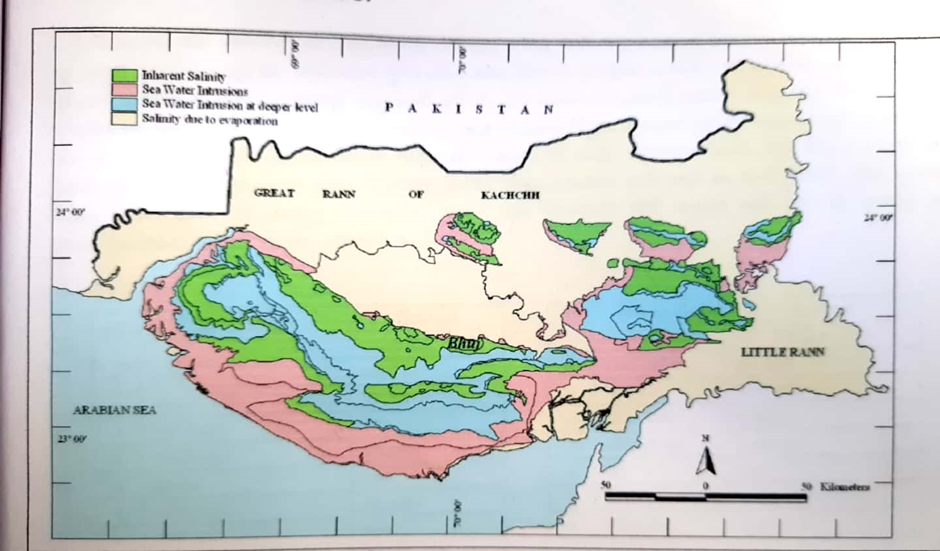
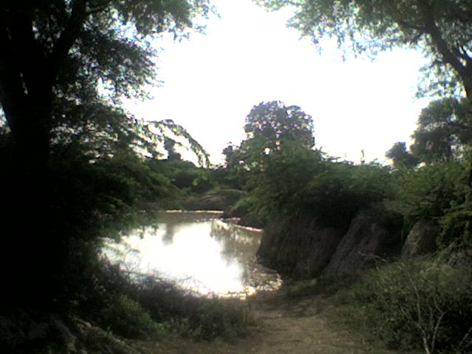
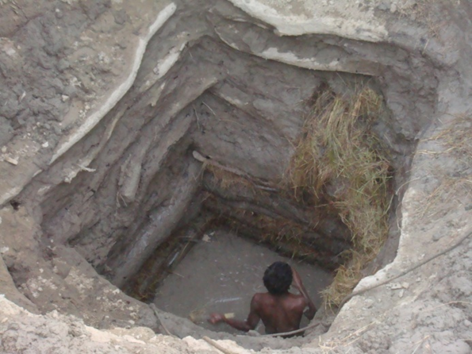
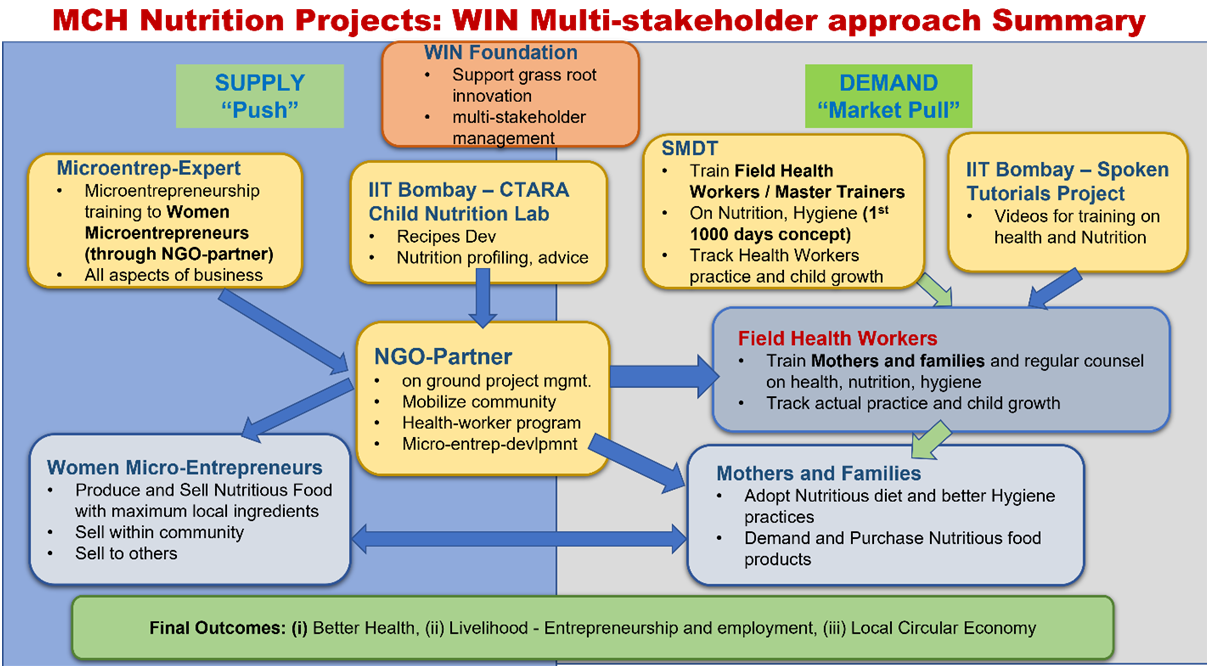 Role of Various partners:
Role of Various partners: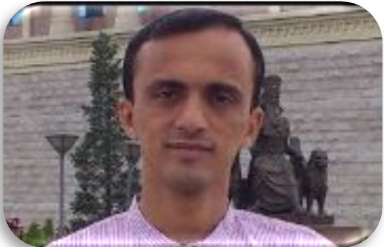
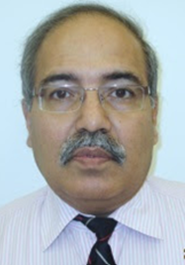 WIN and ChiNu have similar thinking on the issue of food products. Both are looking at affordable, nutritious and convenient products. WIN is also supportive of decentralized production through SHGs and micro-entrepreneurs and promotes locally compatible foods. Of course many local foods e.g. Idli or Dhokla have now become national foods! We of course need to be careful about the quality control aspects and do local capacity building for this. I am sure the ChiNu – WIN partnership will be able to contribute to the important goal of tackling child malnutrition in the difficult times ahead in the post-pandemic era.
WIN and ChiNu have similar thinking on the issue of food products. Both are looking at affordable, nutritious and convenient products. WIN is also supportive of decentralized production through SHGs and micro-entrepreneurs and promotes locally compatible foods. Of course many local foods e.g. Idli or Dhokla have now become national foods! We of course need to be careful about the quality control aspects and do local capacity building for this. I am sure the ChiNu – WIN partnership will be able to contribute to the important goal of tackling child malnutrition in the difficult times ahead in the post-pandemic era.
